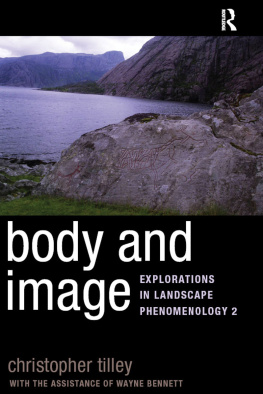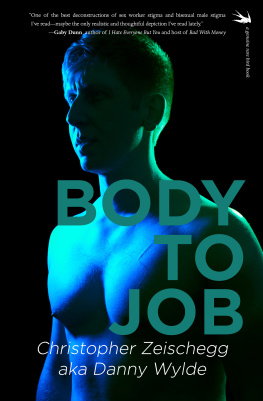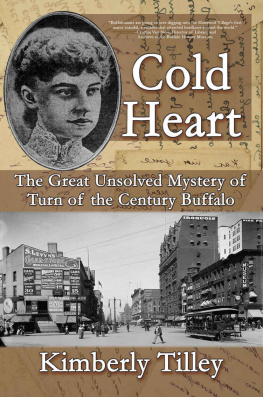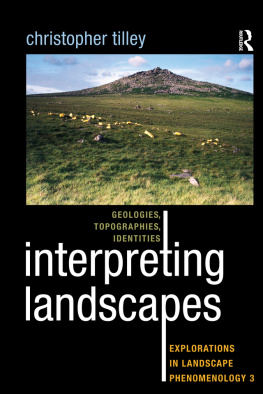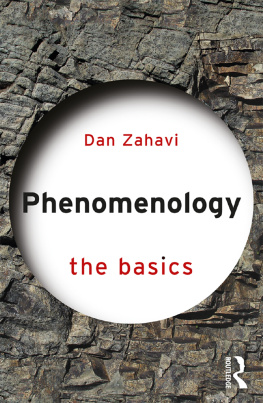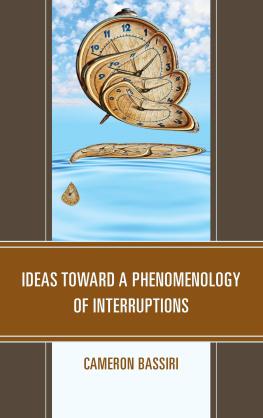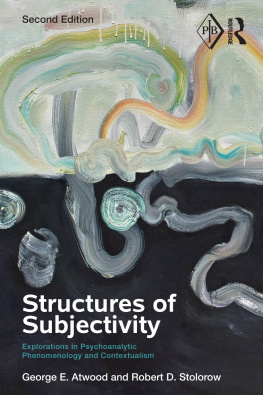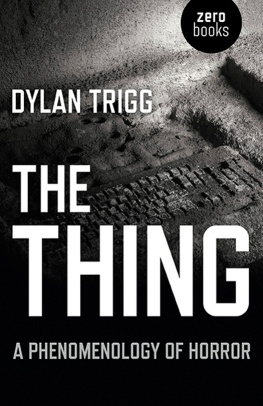
BODY
AND
IMAGE

BODY AND IMAGE
EXPLORATIONS IN LANDSCAPE
PHENOMENOLOGY 2

Christopher Tilley
With assistance of Wayne Bennett

First published 2008 by Left Coast Press, Inc.
Published 2016 by Routledge
2 Park Square, Milton Park, Abingdon, Oxon OX14 4RN 711
Third Avenue, New York, NY 10017, USA
Routledge is an imprint of the Taylor & Francis Group, an informa business
Copyright 2008 Taylor & Francis
All rights reserved. No part of this book may be reprinted or reproduced or utilised in any form or by any electronic, mechanical, or other means, now known or hereafter invented, including photocopying and recording, or in any information storage or retrieval system, without permission in writing from the publishers.
Notice:
Product or corporate names may be trademarks or registered trademarks, and are used only for identification and explanation without intent to infringe.
Library of Congress Cataloguing-in-Publication Data
Tilley, Christopher Y.
Body and image : explorations in landscape phenomenology 2 / Christopher Tilley ; with assistance of Wayne Bennett.
p. cm.
Includes bibliographical references and index.
ISBN 978-1-59874-313-5 (hardback : alk. paper)
ISBN 978-1-59874-314-2 (pbk. : alk. paper)
1. Megalithic monuments. 2. Architecture, Prehistoric. 3. Petroglyphs. 4. Land settlement patterns, Prehistoric. I. Bennett, Wayne, 1954 II. Title.
GN790.T54 2008
930.14dc22
200804089
ISBN 978-1-59874-314-2 paperback
ISBN 978-1-59874-313-5 hardcover

| CONTENTS |
T his is the second book in a trilogy of volumes on landscape phenomenology following on from the first volume, The Materiality of Stone (Tilley 2004). In this volume I attempt to explore the relationship between images and bodily experience, developing a kinaesthetic approach to the interpretation of images on rocks in landscapes. The general theoretical and conceptual approach is outlined in for the location of the study areas in Scandinavia and Ireland). In the concluding chapter some comparative observations are made in relation to the different case studies, together with a series of reflections on what it means to interpret the landscape through phenomenologically walking in it.
This book, like any other, has its own particular biography and trajectory. My interest in Vingen was first stimulated by reading Hallstrms (1938) account during the preparation of my book on the Nmforsen rock art locality in Northern Sweden (Tilley 1991). I had to wait for fifteen years before I had the opportunity to visit it and experience the drama of the place. About the same time, an interest in Irish megalithic art was stimulated by taking a field trip of students to Loughcrew and the bend of the Boyne, together with Julian Thomas. The idea of conducting fieldwork in the Norrkping area of middle eastern Sweden was by comparison recent, an interest generated by visiting some of the localities during the summer of 2001 when I was conducting ethnographic research on domestic gardens in Sweden. The study of the Norrkping landscape was the first to be undertaken, during the summer of 2003. This was subsequently written up as a draft chapter in the winter of 200304. Fieldwork in Ireland was conducted during the spring of 2004 following exploratory visits during the summer of 2003, but only finally written up .
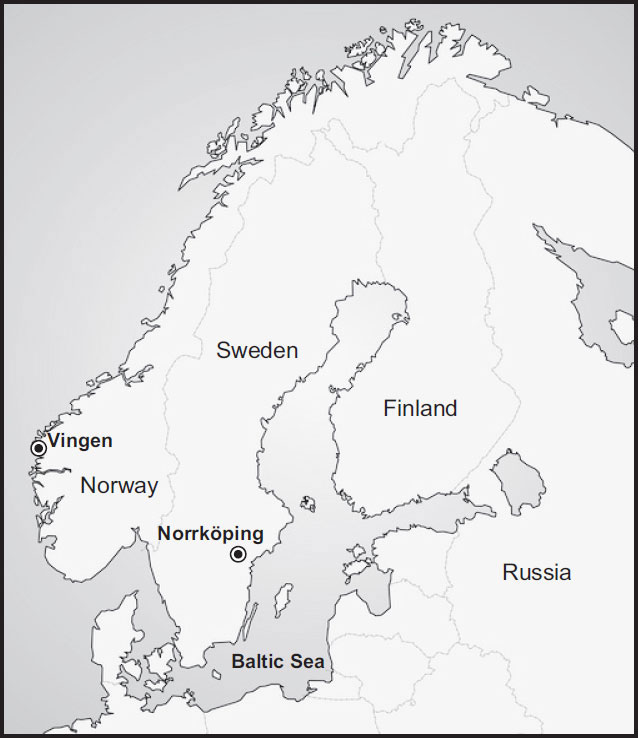
A small part of was presented at a research seminar in the College de France, Paris, The ecology of perception and the aesthetics of landscape, organized by Nicolas Ellison in March 2007. I am grateful for the comments I received on all these occasions.
All the periods of fieldwork were extremely intensive. The summer light at Vingen was such that it was even possible to work long after midnight. Time not dedicated to studying the images themselves in the field was often spent reflecting on, writing down, and analysing fieldwork experiences, providing new ideas and further impetus for the next days work. A book inevitably changes and develops in focus as it goes along. The idea for a comparative analysis of visual imagery in the landscape developed out of the fieldwork conducted during 2001 in the Simrishamn area of southeast Sweden, published in The Materiality of Stone, as discussed in ; but it was only during the last period of fieldwork on which the book is based, at Vingen, that I discovered (it rather forced itself on me!) the significance of the weatherhence the absence of much substantive discussions of this in relation to the Swedish and Irish images. The experience of the Vingen rock carving area was particularly powerful, not only because of the drama of the place, but as a result of actually living and sleeping among the carvings, completely cut off from the outside world. As usual, I am indebted to Wayne Bennett, who provided enormous help, support, enthusiasm, critical, and interpretive comment throughout the fieldwork periods and then also prepared all the illustrations.
I am most grateful to Gro Mandt and Trond Lden for inviting us to Vingen and sharing their knowledge of it. On the visit to study the rock carvings, Trond and Sigrid Gunderson provided much needed shelter and hospitality. They introduced us to the different parts of the rock carving area over a period of several days. They also helped locate individual panels on Vingeneset, Urane, and Bak Vehammaren which would otherwise have proved quite impossible to find. Gro and Trond have also kindly provided me with copies of the unpublished documentation, to appear in their forthcoming book, of the rocks at Hardbakken, Teigen, and Leitet, which has been of great help in writing this account. They also generously provided useful comments on a draft of advice, but I am most most grateful for it. The inadequacies, of course, remain my own. I also want to thank the publisher, Mitch Allen, for his enthusiastic support for the book and the wider project of which it forms a part.
Christopher Tilley
London, 2008

| A PHENOMENOLOGICAL PERSPECTIVE |
Our perception being a part of things, things participate in the nature of our perception (
Next page
